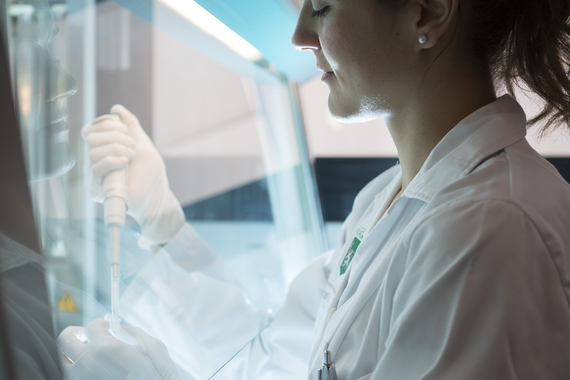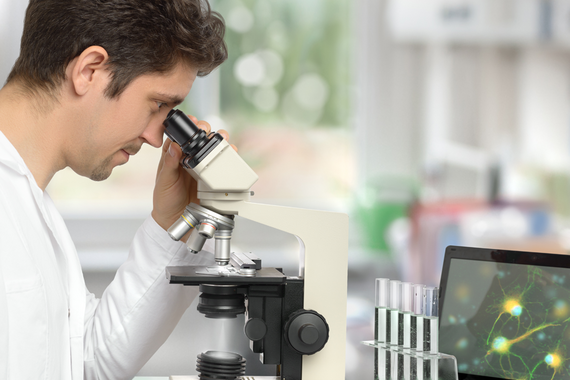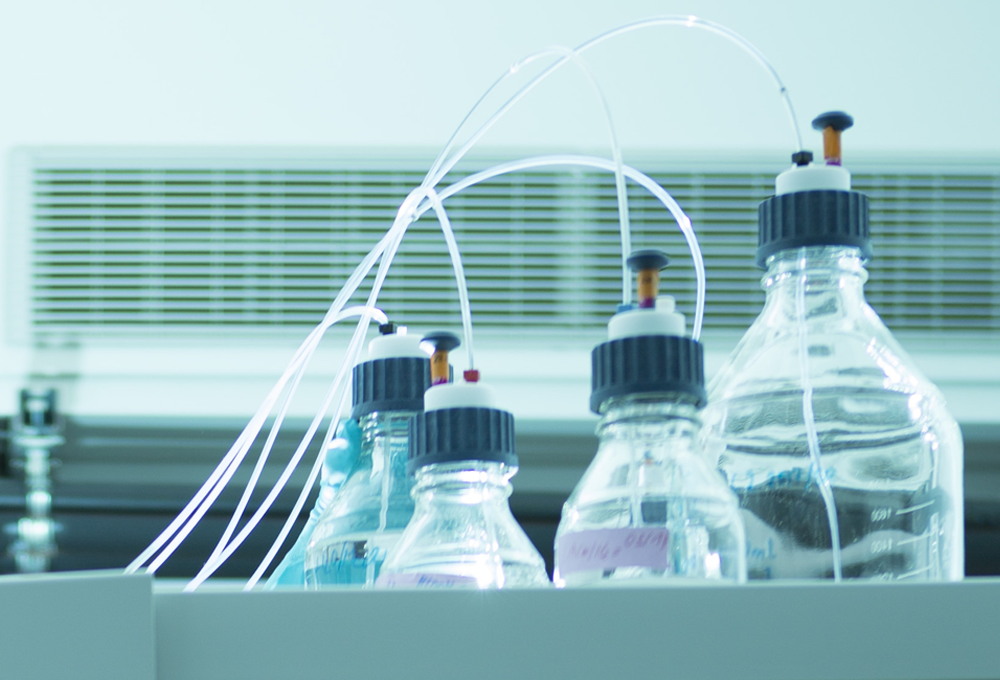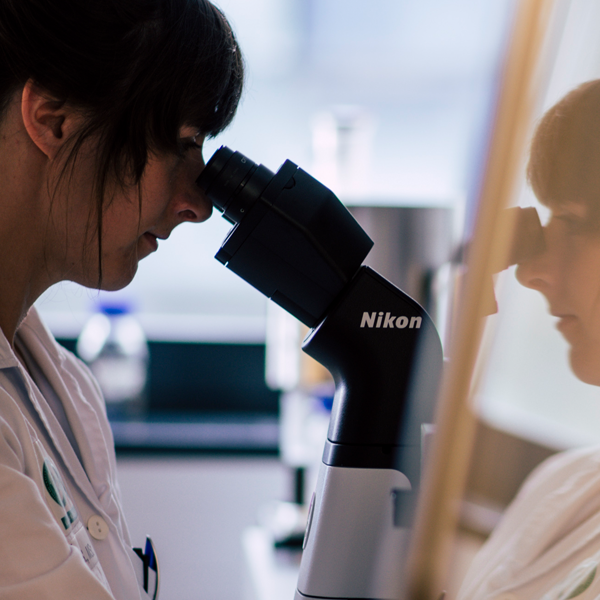-
The University
- Welcome
- Who we are
- Media & PR
- Studying
-
Research
- Profile
- Infrastructure
- Cooperations
- Services
-
Career
- Med Uni Graz as an Employer
- Educational Opportunities
- Work Environment
- Job openings
-
Diagnostics
- Patients
- Referring physicians
-
Health Topics
- Health Infrastructure
Research
Research is the engine driving advances in thoracic and hyperbaric surgery and is indispensable for ensuring therapeutic excellence.
Our research focuses on the following areas:
- Oncological thoracic surgery
- Hyperbaric oxygenation
- Development of prosthetic material for chest wall reconstruction

Research areas

- Creation of a simulation model of mechanical properties of the human thorax
- 3D printing for on-site generation of chest wall reconstruction material
- Photodynamic therapy for bronchial and esophageal carcinomas
- Prognostic factors in multimodal treatment of esophageal carcinoma with curative intention
- Prognostic influence of functional parameters following lung resection for bronchial carcinoma

- Pulmonary metastasis surgery
- Psychosocial aspects of diseases requiring thoracic surgery
- Vitamin D3 levels in thoracic cancers
- Hyperbaric oxygen therapy for traumatic transection lesions
- Computerized respiratory sound analysis to diagnose lung disease
Current research projects
Clinical course after substitution of Vitamin-D deficiency in patients with lung cancer or oesophageal carcinoma. Double blind randomised prospective, placebo-controlled observational study.
- The project is the first interventional study to address whether there is a potential positive effect of normalized vitamin D levels in tumor patients. The recruitment phase has been completed and the study is currently in the long-term follow-up phase.
- Period: 2013-2023
- Funded by: ÖNB/Austrian National Bank (project no. 15147; during the recruitment phase)
- Cooperation partner: Division of Endocrinology and Diabetology (Med Uni Graz)
CAMed Clinical additive manufacturing for medical applications Subproject 2.1: Production of metallic implants for chest wall reconstruction that are printed on site
- The implants currently available for prosthetic reconstruction of the chest wall following partial resection have neither adequate mechanical properties nor suitable fixation options. In the first step, the geometric and mechanical parameters of the chest wall are determined. Based on this data, adequate implant material is developed. The goal of P2.1 is to produce chest wall implants of different metal alloys based on patient data using 3D printing. These implants should unite the strength and flexibility of the natural chest wall.
- Period: 2018-2022
- Funded by: FFG, SFG, COMET
- Project partners: Apium Additive Technologies (D), Arburg (D), CAE Simulation & Solutions (AT), DSM (USA), Evonik Resource Efficiency (D), FARO Europe (D), HAGE3D (AT), Heraeus Deutschland (D), Hofer Medical (AT), Ionbond Austria (AT), Joanneum Research (AT), Lithoz (AT), LSS (AT), Max Planck Institute for Intelligent Systems (D), Mitsubishi Advanced Chemical Materials (USA), Montanuniversität Leoben (AT), Solvay (USA), Graz University of Technology (AT), Trumpf (D), voestalpine Böhler Edelstahl (AT)





